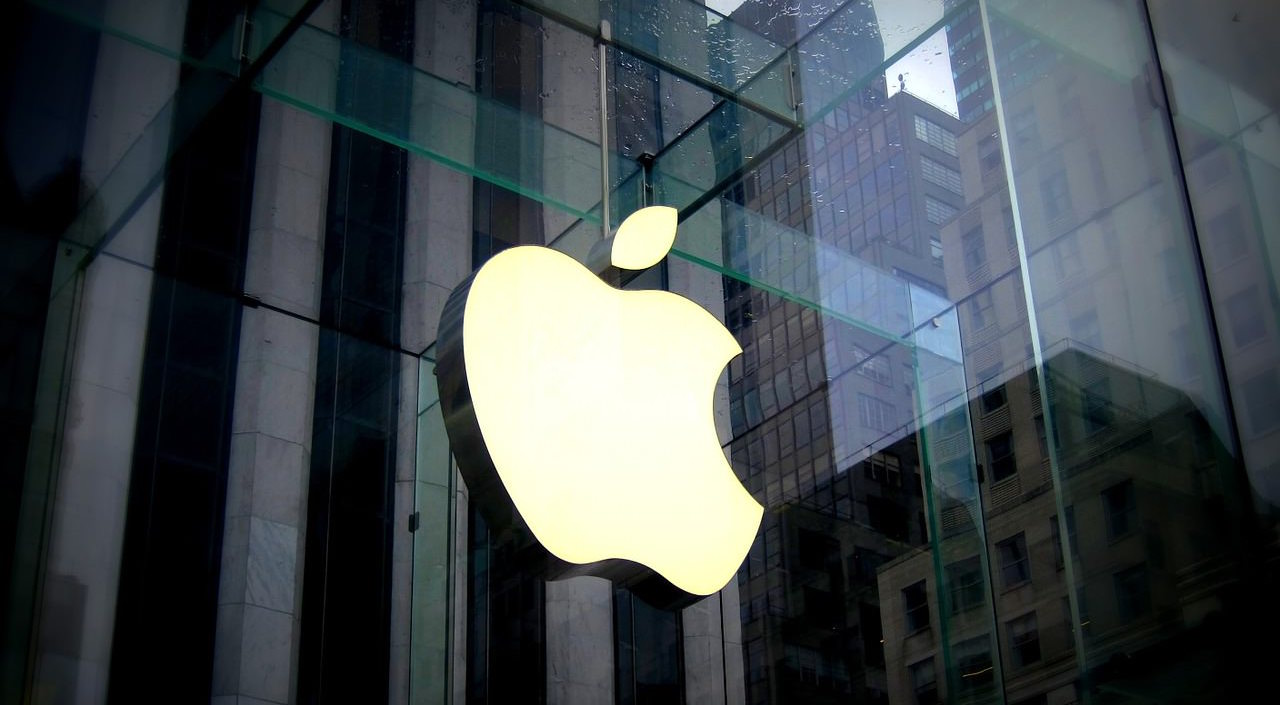by Vivek Paul, FIA, Director, Senior Portfolio Strategist, Portfolio Research Group, BlackRock Investment Institute, Blackrock
Vivek explains why we see a need and opportunity to adjust strategic portfolios in the wake of the pandemic.
The coronavirus shock has triggered market turbulence over the last three months – and prompted historic policy actions globally. Does this represent a need and opportunity for long-term investors to adjust their strategic allocations – or the broad mix of asset classes they hold? We think so – based on price dislocations alone and when considering potential changes in medium-term fundamentals. Our main conclusion: We favor cutting nominal government bond allocations and allocating more to risk assets.
All else equal, a selloff in an asset class makes it more attractive through a valuation lens, mechanically increasing our expected returns for it in the coming five years. Even after the substantial rebound in recent weeks across risk assets, their price declines this year still imply a hefty boost to our expected returns. Conversely, the rally in government bonds points to lower future returns compared with our expectation at the start of the year. The chart above estimates the change in our expected returns based on recent price moves alone, ahead of the release of our full set of long-term return expectations later this month where we will take into account more than pure price action. Also not shown in the chart above: potential changes to fundamentals in the years ahead, such as the impact of policy action on corporate earnings, interest rates and medium-term inflation expectations.
The pandemic has triggered an abrupt, deliberate stop to economic activity. What matters to long-term asset prices is the cumulative impact of the growth shortfall over time. We believe that the policy actions to cushion the impact of the virus shock should help limit permanent damage to growth fundamentals. Given successful policy execution throughout the shock, the cumulative impact would be well below that seen after the 2008 global financial crisis. Beyond the mechanical impact of asset price moves, we are assessing the potential structural changes the outbreak might bring on in the years ahead – and the implications on fundamentals of asset classes. Think of the reorganization of global supply chains that had started before the pandemic amid heightened trade tensions, with their potential impact on corporate profits and inflation.
A key view has emerged from market reaction and policy response to the pandemic: a materially diminished case for nominal developed market government bonds. Falling yields have lowered their expected returns and reduced their ballast properties, particularly for liability-agnostic investors. If bond yields are near effective lower bounds, their ability to act as portfolio ballasts during risk-off events is less than in the past. This was evident when lower-yielding euro area and Japanese bonds provided less ballast than U.S. Treasuries in the recent equity selloff. Inflation-linked bonds may be a more preferable risk-off asset over a strategic horizon if supply chain changes pick up pace, monetary policy is more accommodative over the long term and inflation risk rises – even as this year’s rally has mechanically eroded their long-term return expectations, as the chart shows.
Bottom line
We see a strategic opportunity to allocate more to risk assets. Many portfolios have drifted from their target asset allocation. We prefer re-balancing equity exposure back up to target, though the ongoing policy response has helped equities stage a sizable rebound. Equities remain a key source of return in strategic portfolios even when considering changing fundamentals, in our view. We also see a strong – yet more nuanced – strategic case for credit. Valuations have cheapened, more than equities on a risk-adjusted basis. Yet risks such as higher defaults, particularly in the high yield market, cannot be ignored. Over the next six to 12 months, we favor credit over equities given bondholders’ preferential claim on corporate cash flows and prefer an up-in-quality stance in equities. We are neutral on government bonds on a tactical basis, as we see risks of a diminishing ballast and a snap-back in yields from historically low levels.
Vivek Paul, FIA, Director, is Senior Portfolio Strategist for the Portfolio Research Group within the BlackRock Investment Institute. He is a regular contributor to The Blog.
Investing involves risks, including possible loss of principal.
This material is not intended to be relied upon as a forecast, research or investment advice, and is not a recommendation, offer or solicitation to buy or sell any securities or to adopt any investment strategy. The opinions expressed are as of May 2020 and may change as subsequent conditions vary. The information and opinions contained in this post are derived from proprietary and nonproprietary sources deemed by BlackRock to be reliable, are not necessarily all-inclusive and are not guaranteed as to accuracy. As such, no warranty of accuracy or reliability is given and no responsibility arising in any other way for errors and omissions (including responsibility to any person by reason of negligence) is accepted by BlackRock, its officers, employees or agents. This post may contain “forward-looking” information that is not purely historical in nature. Such information may include, among other things, projections and forecasts. There is no guarantee that any forecasts made will come to pass. Reliance upon information in this post is at the sole discretion of the reader. Past performance is no guarantee of future results. Index performance is shown for illustrative purposes only. You cannot invest directly in an index.
©2020 BlackRock, Inc. All rights reserved. BLACKROCK is a registered trademark of BlackRock, Inc., or its subsidiaries in the United States and elsewhere. All other marks are the property of their respective owners.
BIIM0520U-1172411-1/3
This post was first published at the official blog of Blackrock.
















